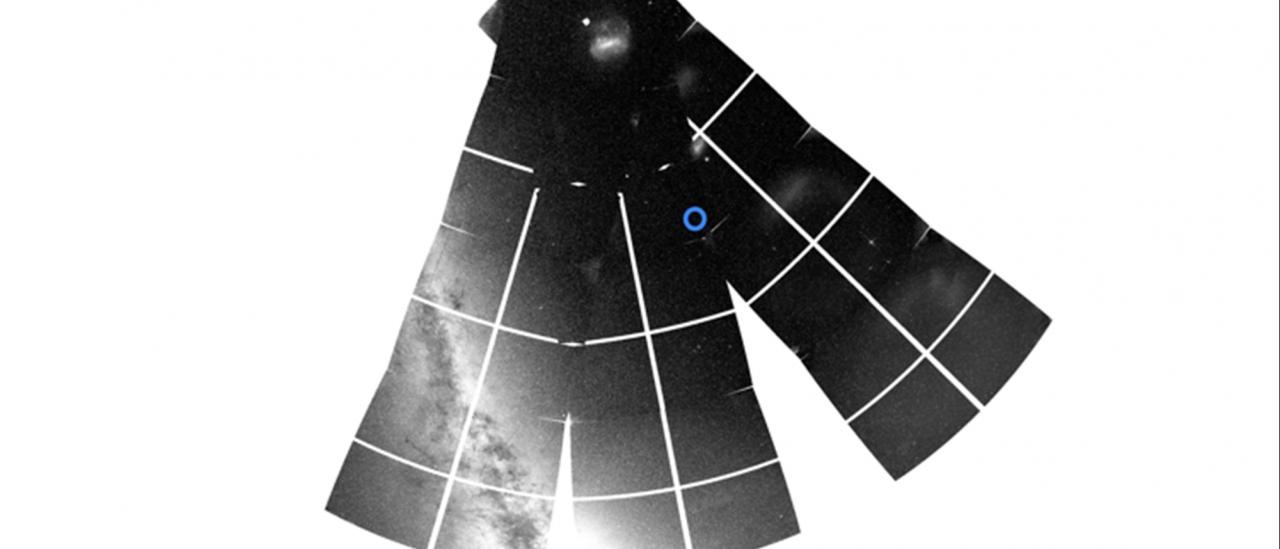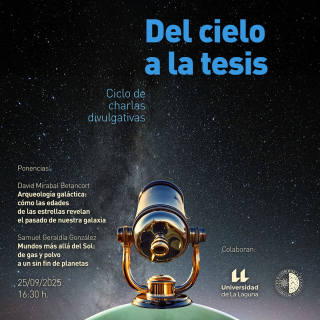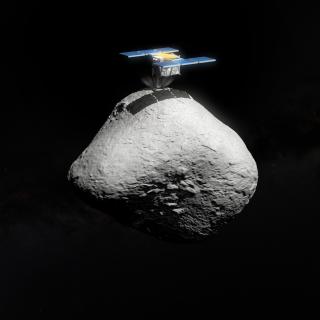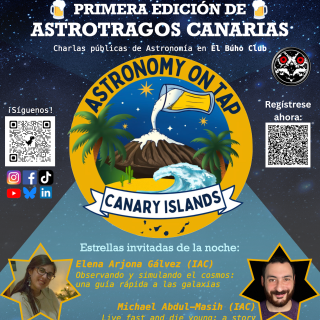From a single bright star in the constellation of Indus, an international team of scientists led by the University of Birmingham, with the participation of scientists from the Instituto de Astrofísica de Canarias (IAC), has revealed new insights about an ancient collision between our galaxy, the Milky Way, and another smaller galaxy called Gaia-Enceladus, early in its history. Nature Astronomy publishes these results today.
This team adopted the novel approach of applying the forensic characterisation of a single ancient, bright star called ν Indi, visible from the southern hemisphere, as a probe of the history of the Milky Way. Stars carry “fossilized records” of their histories and hence the environments in which they formed. The team used data from satellites and ground-based telescopes to unlock this information from ν Indi.
The age of the star was found using its natural oscillations (Asteroseismology), detected in data collected by NASA's recently launched Transiting Exoplanet Survey Satellite (TESS). Launched in 2018, TESS is surveying stars across most of the sky to search for planets orbiting the stars and to study the stars themselves. When combined with data from the European Space Agency (ESA) Gaia Mission, the detective story revealed that this ancient star was born early in the life of the Milky Way, 11.5 billion years ago, but the Gaia-Enceladus collision altered its motion through our Galaxy.
“An event such as the Gaia-Enceladus collision” says Savita Mathur, Ramon y Cajal fellow at the IAC and co-author of this publication, “is something that can happen several times during the history of a galaxy, displacing many stars from their original positions and affecting the evolution of the galaxy. Being able to pinpoint the date of such an event is crucial to understand how it happens and its impact on the evolution of the Milky Way.”
This work is ideal for demonstrating the potential of Asteroseismology, (the seismology of stars) adding a string to its bow. “Indeed, through the study of the oscillation modes of the star n Indi, we could estimate its age with the best precision so far, which allows us to understand better what happened during the Gaia-Enceladus event”, says Lucía Gonzaléz Cuesta, PhD student at the IAC and University of La Laguna (ULL) and also co-author of the article.
According to Antonio Jiménez, scientist at the IAC and another co-author of the paper: “Humans have always been interested in understanding past events in order to understand the present and its subsequent evolution. The study of ν Indi, the result of the coordination of different astrophysical techniques such as spectroscopy (chemical abundances), astrometry (position and kinematics) and asteroseismology (age determination) gives us new knowledge of the history of our galaxy. Asteroseismology that was born as solar seismology and whose purpose was to know the interior of the Sun, evolved to give us knowledge of the interiors of other stars and now also gives us fundamental knowledge of our Milky way.”
Animación: https://www.youtube.com/watch?v=uCnFWYa7_68&feature=youtu.be




